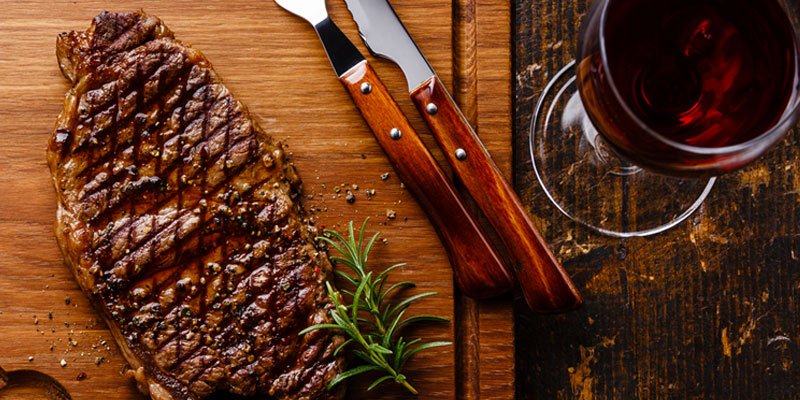Pairing wine and beer with food is an art. Bringing together similar and complementary tastes, finding local ingredients to match where the grapes were grown, and coordinating the weight of the beer to the weight of your food is no small task. It might as well be magic.
But when it comes to choosing whether beer or wine goes best with your salty and fatty foods, pairing is not magic so much as science. And the science says beer goes with salty food and wine with fatty food.
Benefits of pairing beer and salt
Beer and salt go together because bitter and salt go together. It’s not exactly clear why, but salt neutralizes the bitter elements and lets the taster enjoy the other characteristics in the beer, researchers from the University City’s Monell Chemical Senses Center told philly.com.
Bitter is an important balancing flavor in food today, but it hasn’t always been that way. People are naturally averse to bitter tastes (except for psychopaths; those people love bitter). Your palate equates bitter with bad because when humans were hashing out a living in the wild without smartphones and search engines, bitter plants meant plants that might kill you.
Some plants are just trying to trick us, though. Hops, for instance. Hops have been used in beer as a preservative for centuries. They’re so essential that they’re even one of the three original ingredients included in the German beer purity law. Today’s craft beers can have a previously unheard of amount of hops put in, ratcheting up the bitter factor to what some people may consider unpalatable. Throw some salty chips in your mouth before and after taking a big swig of beer and your tastebuds will reach a special level of enlightenment.
Winning with wine and fat
Red wine and a thick steak is one of the most classic beverage and food pairings of all time. If you know only one thing about wine, it’s likely the stereotype that red wine goes with red meat and white wine goes with fish. For the former, there’s a good reason, and that reason is that tannins from red wine and fat from meat go together like bourbon and Kentucky.
Just as hops in beer add bitterness, tannins in wine add astringency, drying out your mouth as you drink it. The tannins bind with the fat when consumed together, however, and this lets you focus on the other parts of the wine like the fruity aroma and bright acidity.
Tannins naturally end up in wine because they are in grape skins. They’re also found in oak barrels; big, oaked red wines like Malbec and Cabernet Sauvignon will be loaded with tannins. When those tannin molecules have a chance to get together with fat molecules, they have a grand time.
Don’t believe me? Go out and buy some red wine and fatty cheese and test it out for yourself.

